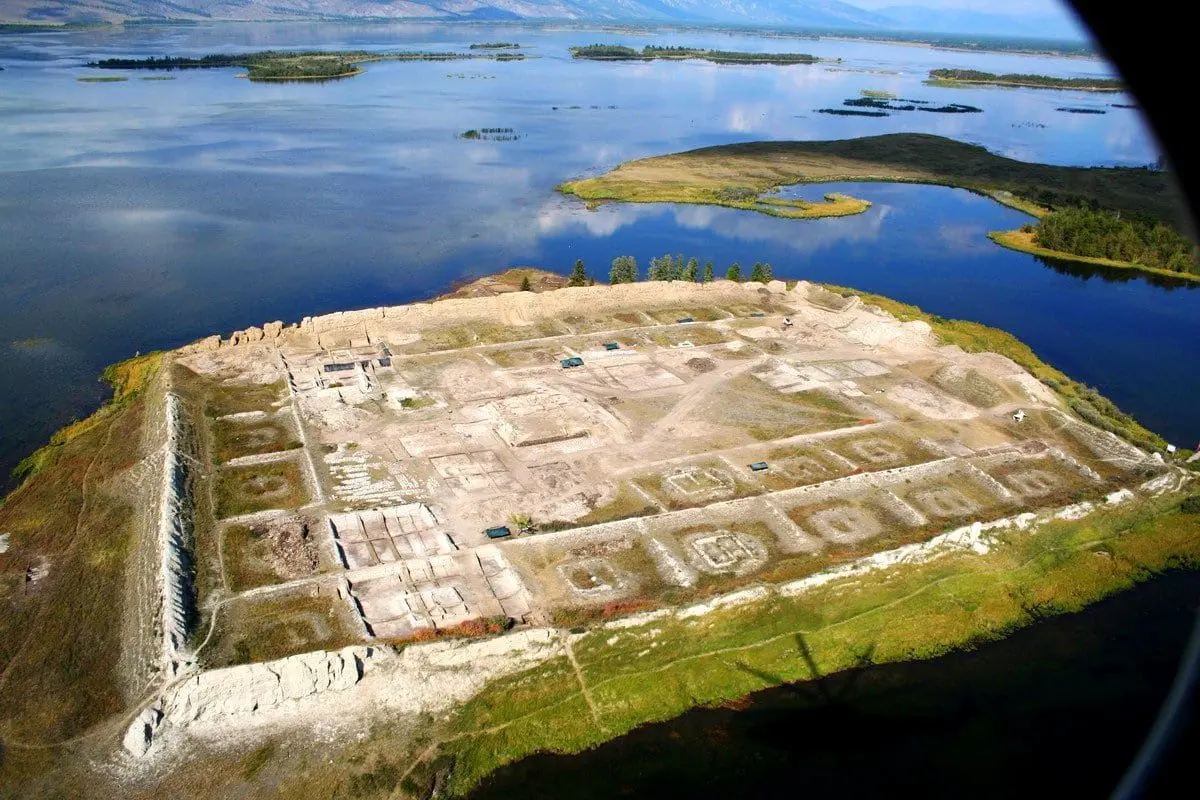A new study by the Russian Geographical Society has revealed that Por-Bazhyn was a Manichean monastery.
Por-Bazhyn, meaning “Clay House” in the Tuvan language is located in the Sengelen mountains of southern Siberia, Russia.
Approximately 30 buildings stood within the interior, centred on a central complex consisting of two pavilions that likely served a ceremonial and religious purpose, with various one or two chamber structures located in each of the smaller enclosure courtyards.
The lack of archaeological material has led to various interpretations as to the function of Por-Bazhyn, including a border fortress, a fortified palace, and an astronomical observatory.
Por-Bazhyn has been known since the 18th century and was first explored in 1891. Radiocarbon dating and dendrochronological studies indicate that Por-Bazhyn was built around AD 777, with previous excavations associating the site with the Uyghurs based on comparisons with the palace complex of Karabalgasun (the capital of the Uyghur Khaganate).
A Chinese influence has also been suggested as the layout of the central complex of the site appears to be in the Tang style. This interpretation was further supported by the use of Chinese construction methods, such as the hangtu technique and dougong ceilings, and the presence of Chinese-type building materials.
According to an announcement by the Russian Geographical Society, Por-Bazhyn was built to serve as a Manichean monastery for the study of Manichaeism, a former world religion founded in the 3rd century AD by the Parthian prophet, Mani (AD 216–274).
During the AD 770s, the Uighur Empire under the rule of Bögü Khagan, embarked on a religious transformation to embrace Manichaeism. However, this reform was halted in AD 779 with a counter-Manichean uprising, resulting in Por-Bazhyn being abandoned following the death of Bögü Khagan.
“If the monastery was built on the eve of the coup, then the previous rulers simply did not have time to use it, and for the new one it was no longer needed,” said Andrei Panin, deputy director of the Institute of Geography of the Russian Academy of Sciences.
Header Image : Replicated with kind permission – Copyright – Philipp Chistyakov





